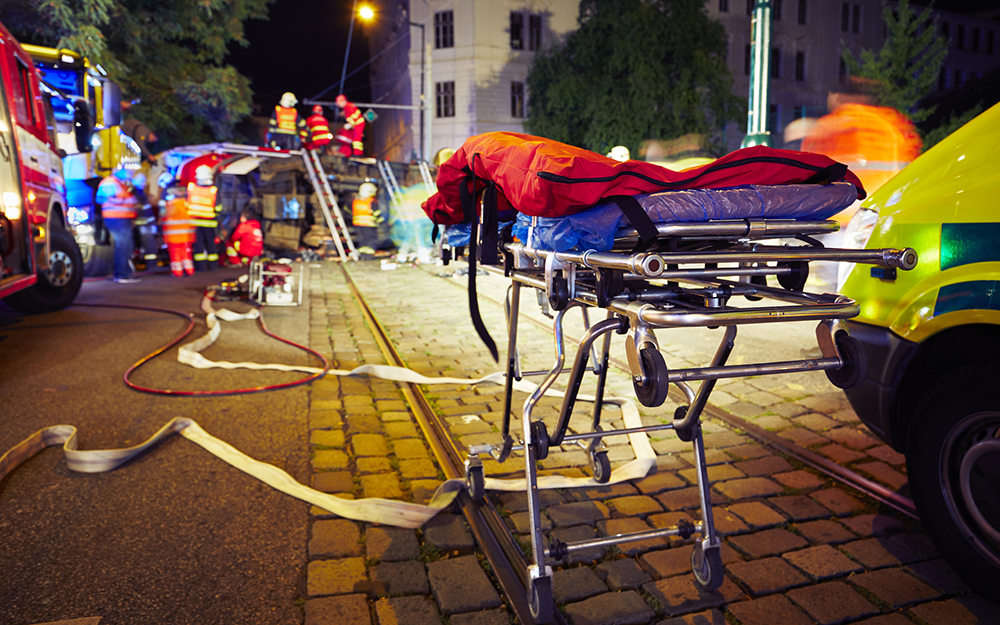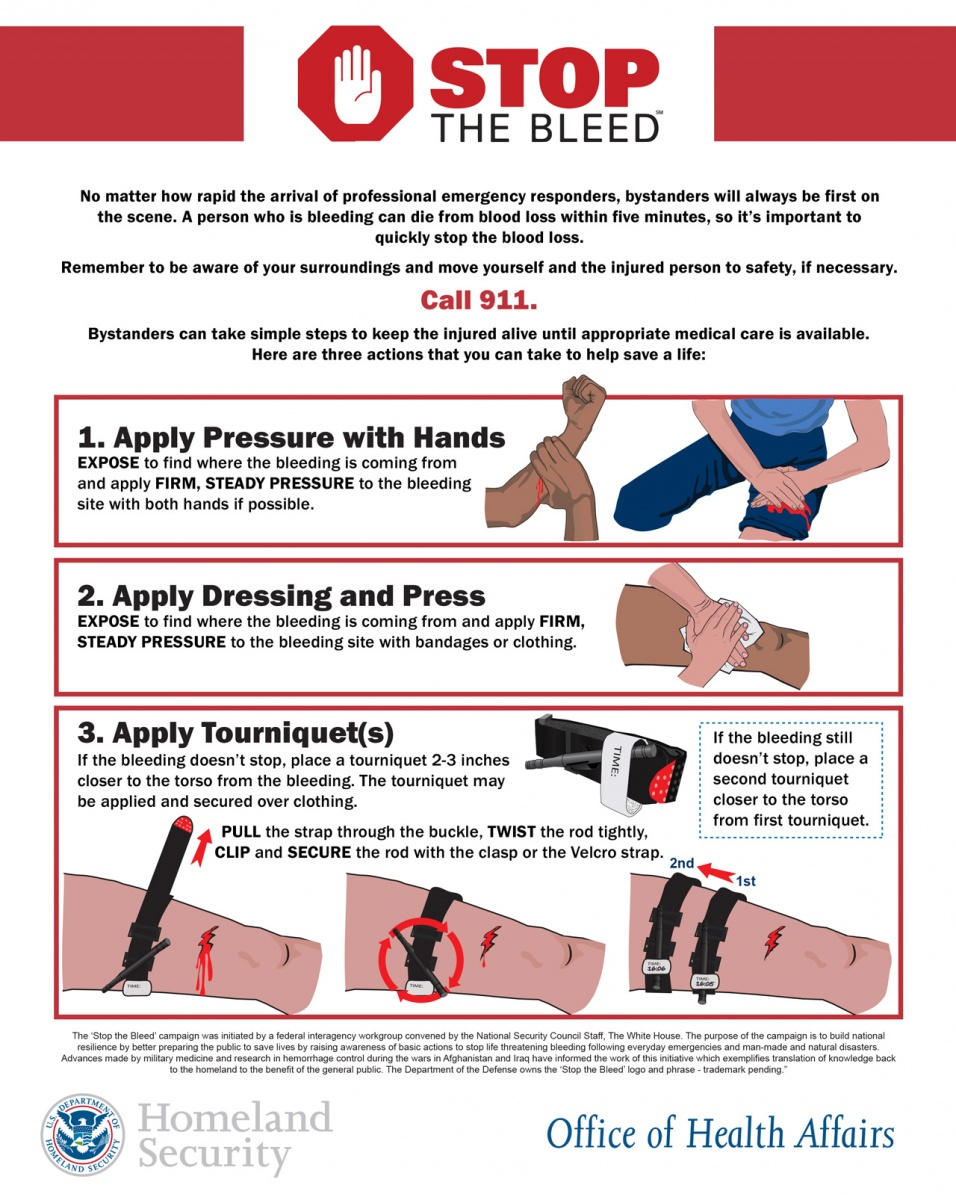Cedars-Sinai Blog
Be Prepared to Be a First Responder
Oct 01, 2017 Cedars-Sinai Staff

Medical professionals in Las Vegas continue treating the hundreds of injuries in the wake of the worst mass shooting in US history in a scenario no one ever wants to experience—but that every trauma center prepares for.
"Trauma teams and medical personnel take preparation seriously," says Dr. Daniel R. Margulies, director of Trauma-Emergency Surgery and Surgical Critical Care at Cedars-Sinai. "The hospitals, emergency rooms, and trauma teams in Las Vegas—like those across the country—regularly train for this kind of incident. We drill, we practice, and we're always looking for ways to improve."
"The real first responders are the members of the public who are on site. They can make the difference between life and death."
In situations like the Las Vegas shooting, in which a gunman fired into a crowd at an outdoor music festival killing at least 58 people and wounding more than 500 more, the people present at such an incident can make all the difference.
"The real first responders are the members of the public who are on site," Dr. Margulies says. "They can make the difference between life and death."
"It's important that the people who are there know how to help with injuries, and that mostly has to do with controlling the bleeding," he says. "We have to teach the public, in the same way we have with CPR and other first aid, how to help in these situations."
Margulies points to a national campaign called Stop the Bleed, which aims to better prepare the public to save lives by raising awareness of how to stop life-threatening bleeding following emergencies and disasters. From that, the American College of Surgeons and Hartford Consensus created bleedingcontrol.org to provide diagrams, videos, and other resources to help teach people how to stop bleeding.
"We have to teach the public how to stop bleeding in the same way we have with CPR."
The campaign prompted trauma centers nationwide, including Cedars-Sinai, to host "Stop the Bleed" teaching events and work with arenas, other venues, and the general public to train them how to stop bleeding. The website provides some basic tips on how to stop the bleed.
How to stop bleeding
- Ensure your own safety first and call 911. Just like they tell you on an airplane to put on your own mask before helping the person next to you, make sure you're safe before you offer help to someone who is injured. If your safety is threatened while you're helping, try to get yourself—and the injured person, if possible—to a safe location.
- Look for life-threatening bleeding. Find the source of the bleeding, and open or remove clothing if necessary to see the injury. Bleeding is likely to be serious if blood is spurting from the wound, blood won't stop coming, blood is pooling on the ground, clothing or bandages are soaked in blood, part or all of a limb is lost, or the victim is confused or unconscious.
- Compress and control. The thing all methods for stopping bleeding have in common: The blood vessel must be compressed to stop the bleed. This can be done by applying direct pressure on the wound using a bandage and clean cloth or a tourniquet. The website provides more details on what to do to do if you have a first aid kit—or if you don't.
Other ways to help in an emergency or disaster: Give blood, know other basic first aid, and be prepared.
One last word of advice from Dr. Margulies: If you experience a serious injury, go to a trauma center. When it comes to serious trauma, like a gunshot wound, stab wound, or blunt force trauma from an automobile collision, getting to the people best trained to handle your injury first can be a matter of life and death.
"Don't go to just any hospital," Dr. Margulies says. "Find a trauma center."
The American College of Surgeons provides a searchable list of trauma centers, so you can find the one nearest your home or anywhere you're visiting in the US.



